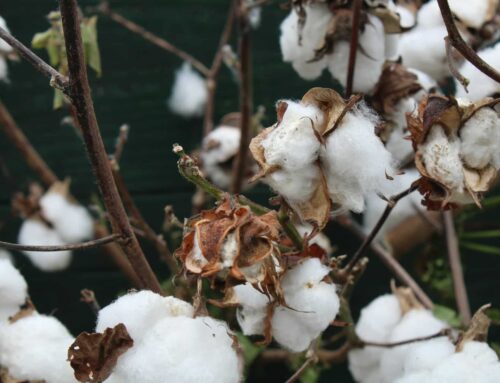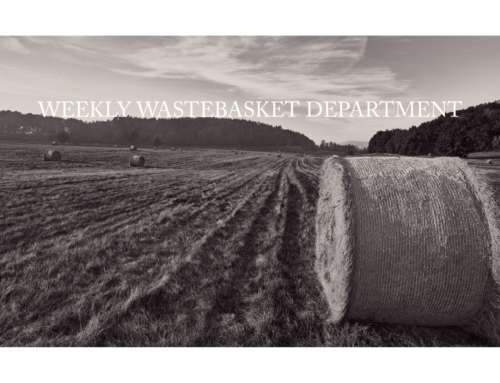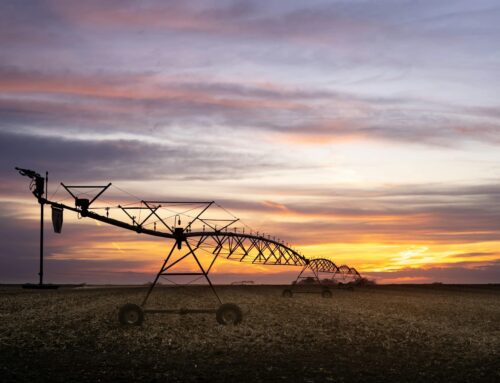California may be dubbed the “Golden State” but when you look at the drought monitor map, it’s more like the dark brown state. Indeed, nearly 60 percent of the state is in “exceptional” drought – the most severe category – and more than 80 percent is in “extreme” drought, the next level down. To put that into perspective, one year ago none of the state was in the exceptional category, and only a little over 10 percent was experiencing extreme drought (though truth be told, 85 percent was already in “severe” drought).
When California gets parched you can be sure one word will pop up: dam. Not damn it. But dam it. Dam it all. The problem is, California already has more than 1400 dams. And you can’t just a build a dam anywhere. The geological conditions have to be right. In California all the good dam sites already have a dam. Besides, a dam is not a divining rod. It doesn’t make it rain, it doesn’t increase precipitation, it just tries to capture it to use later. Oh, and they cost billions of dollars for low yields because much of the water is already captured elsewhere.
Okay, but why does Taxpayers for Common Sense care about dams in California? Well because pretty quickly after calling for dams to be built, proponents start calling for help from Uncle Sucker – err – Uncle Sam. Most of the large dams in California were constructed by the U.S. Army Corps of Engineers or Bureau of Reclamation – which operates the Central Valley Project (CVP), the largest water delivery project in the country that’s used to irrigate more than three million acres of farmland.
Furthermore, there are cheaper alternatives to dams. And some would actually generate revenue. Take for instance: pricing water closer to its market value. It’s not just that rates are currently subsidized, water users owe taxpayers the money! Irrigators and other water users are supposed to pay the federal taxpayer back for the billions spent to build the CVP (as well as other projects), but considering construction started 75 years ago (and agriculture users don’t pay interest) they are deep in arrears. The Department of Interior Inspector General found that the Bureau of Reclamation isn’t charging Central Valley Project water contractors rates high enough to meet the 2030 repayment deadline mandated by law.
The sad fact is California farmers are charged a fraction of the value of the water provided for irrigation. What do you get when you undercharge for a resource? Waste! So what do many of the farmers do with the cheap water? Grow alfalfa. Eighty percent of California’s freshwater goes to agriculture. Some flows to high value crops such as fruits and vegetables, but 14 percent of California’s water is used to grow alfalfa – hay. Much of which is exported to China to feed dairy cattle. It’s like we’re sending China water in the midst of a drought. If the federal government started charging closer to market rates for water and actually encouraged water markets where it could be traded, a much more rational use of water would result.
Markets and market rates cannot fix the drought. But they can help encourage the conservation, reuse, and wise use of this precious resource so it doesn’t have such devastating impacts. Besides, charging market rates could add a few more dollars to the federal coffers and address the decades-long fiscal drought that’s produced a $17.8 trillion debt.














Get Social